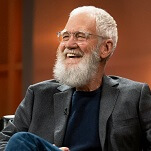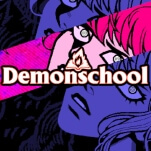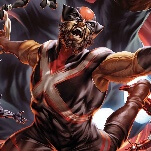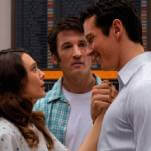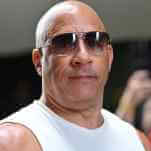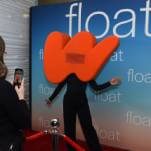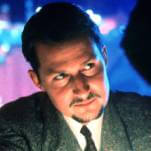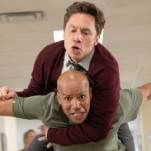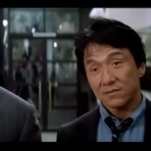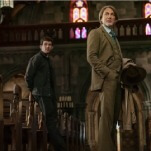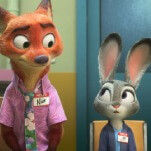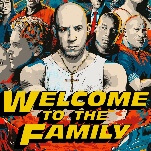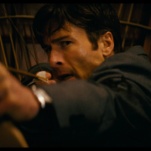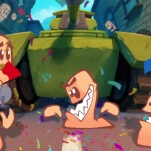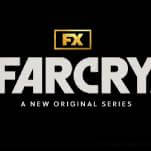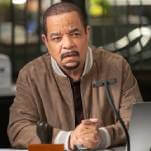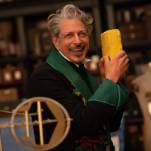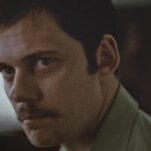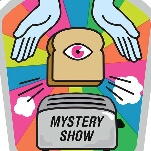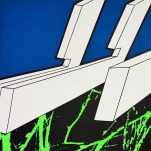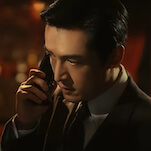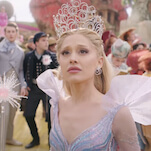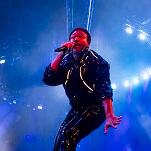Halt And Catch Fire wasn’t Mad Men, it was Six Feet Under
This article discusses plot points from both Halt And Catch Fire and Six Feet Under.
When Halt And Catch Fire premiered in 2014, the show seemed like little more than an attempt to, as our review put it, “reverse-engineer” a Mad Men replacement for AMC’s soon-to-be-exiting hit. It was a pithy summation and not an inaccurate one: From its period setting, to its characters chasing a future that we can judge smugly with the certainty of hindsight, to a protagonist who was also a charming, enigmatic lothario—a confident salesman who’s equally adept at smooth-talking his way into boardrooms and bedrooms, but mostly he’s selling the lie of himself—Mad Men comparisons were inescapable. They were also damaging. Audiences who were turned off by what seemed like a pale imitation of that show never returned, even as Halt And Catch Fire underwent one of television’s all-time great creative resurgences, and those now-chastened early critics began to sing its praises.
It also didn’t help that Halt And Catch Fire presented itself as about something—namely, about the ’80s/’90s technology boom, and the circuitous journey taken by the myriad engineers and entrepreneurs in first North Texas’ Silicon Prairie and later Silicon Valley. That very premise portends something self-inflated and boring, promising episode after episode of people typing dramatically into boxy computers, perhaps while crowing anachronistically amusing lines about floppies and 2400-baud modems. (I’m the son of an engineer who built Tandy Computers in ’80s Dallas; let me be the first to tell you, his story would make for dull television.) If you were at all ambivalent about technology, you’d have been forgiven for rejecting a show that was ostensibly about its history.
Still, what Halt And Catch Fire proved, from its revitalizing second season through its moving series finale, was that it was never really about computers. Sure, its storylines were propelled by big inventions—by its characters always chasing the next big thing, only to discover that someone else got there first. Or more often, to implode thanks to their own selfish impulses. But if the show does bear another resemblance to Mad Men, it’s in its similar use of its characters’ professions as a manifestation of their brokenness: Just as Don Draper’s skill for manufactured images was born of a desperation to conceal the truth of himself, Halt And Catch Fire’s players fumbled their way toward building the internet out of a need to connect with others. That focus on personal relationships, and all the tiny ways in which they stumble and fall apart, gave Halt And Catch Fire an unusually novelistic depth that went well beyond the basic trappings of its plot. By the end, the show it most closely resembled wasn’t Mad Men; it was Six Feet Under.


